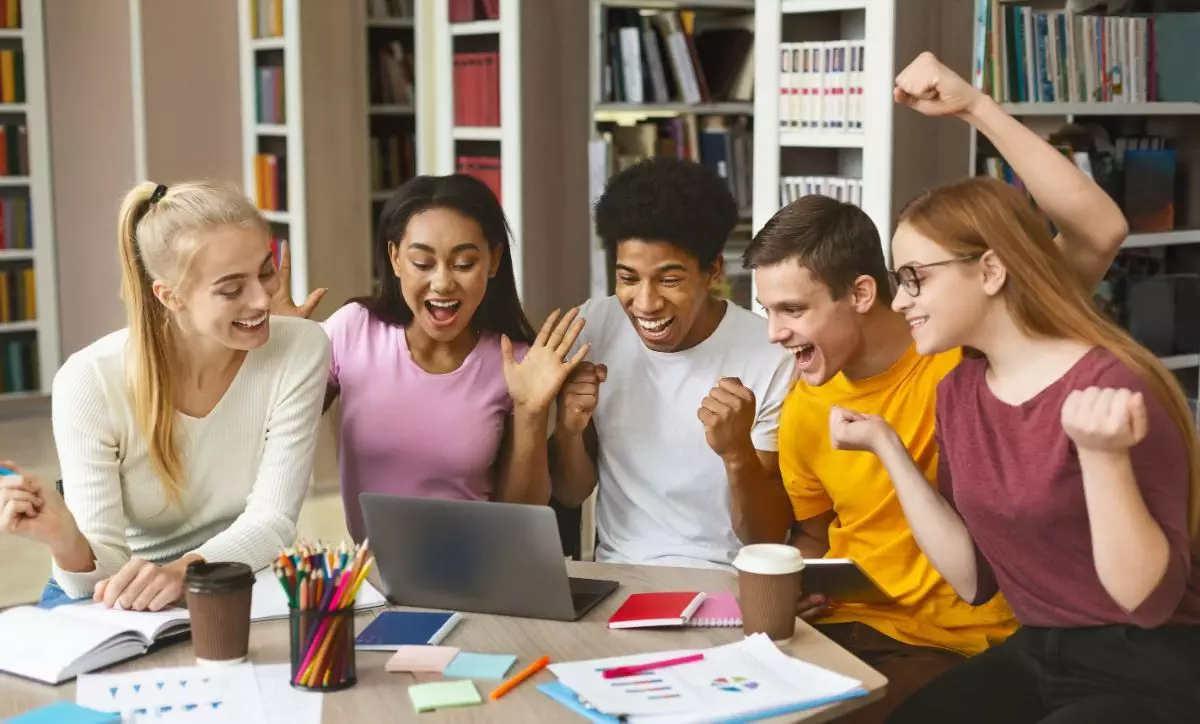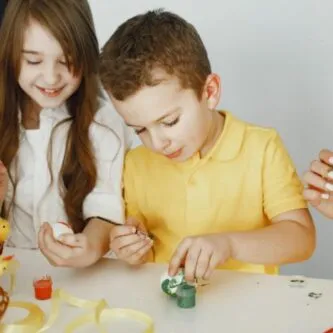
How do you integrate 21st century skills in classrooms?
- Encourage Collaboration in Lessons & Activities
- Ask A Lot of Questions in Class
- Incorporate Inquiry-Based Learning Strategies
- Teach Media Literacy in the Classroom
To succeed in today’s rapidly developing world, students need to communicate effectively, collaborate with diverse people, solve complicated problems, adopt a global mentality, and keep up with information technology, to name just a few. It’s becoming clearer and clearer that traditional education has not been effectively preparing students to adapt to these requirements. As a result, a suite of initiatives based on 21st-century skills and progressive education has been developed by top international schools. To help prepare students for the real world, we discuss the different ways to integrate 21st century skills and progressive education in classrooms.
What are 21st Century Skills?
There are many things one can learn outside the classroom. Collectively, these have been referred to as 21st century skills. It’s crucial to build on 21st century skills including learning skills, life skills, and literacy skills. Students will find themselves applying these skills in their professional and personal life.
Learning Skills
These are popularly known as the four C’s: critical thinking, creativity, collaboration, and communication.
Literacy Skills
Students must learn how to read and understand the different resources available online. Here are some examples:
- Media literacy: Students should be able to understand the methods by which information is published online.
- Information literacy: While reading news and articles online, they should understand facts, statistics, and data.
- Technology literacy: Aside from applications, students should be able to understand and operate different devices like laptops, computers, and mobile phones.
Life Skills
These refer to skills used in daily life that are usually carried over to work and professional environments. These include one’s ability to socialize and adapt to others. Here are some examples:
- Flexibility
- Social skills
- Leadership
- Productivity
- Initiative
What Is Progressive Education?
Progressive education is based on the principle that education must prepare learners for real-life topics and issues. Thus, the key features of progressive education include experiential learning, lifelong learning, problem-solving, leadership, social responsibility, critical thinking, and collaboration.
The emphasis of developing 21st century skills and progressive education is essentially the same. Both focus on providing students with the foundation for success inside and outside the classroom.
Below are four ways to integrate 21st century skills and progressive education in classrooms:
Encourage Collaboration in Lessons & Activities
Educators stress the importance of working individually. Starting at a young age, students are taught how to work and study on their own. However, as they grow older, they should be able to work with others. This can begin as early as primary school.
When applicable, teachers should explore grouping students together for activities and projects. Through these, learners are required to listen to others and work together as a team to achieve a goal. This can start with simple games and gradually become graded activities as the school year progresses.
Collaborative work also improves students’ conflict-resolution skills. Not all people will get along, but they’ll need to learn how to work together — even in school. By collaborating regularly, students learn how to deal with conflict in a calm and civilized manner.
Outside the classroom, collaboration can continue through extracurricular activities. Students can be encouraged to participate in clubs that pique their interests. In these groups, they will be put with students from other grade levels.
Ask A Lot of Questions in Class
Many skills can be improved by encouraging critical thinking in your students. The simplest way teachers can do this is by asking questions.
As an educator, you might often find yourself speaking for most of the class, but it’s also important to allow your students to speak. Provide them with opportunities to talk by having short discussions in the middle of the lesson. These questions should lead them to the “why” instead of just what things are.
Here are some simple questions that teachers can ask in class:
- What do you think about that?
- What does this lesson imply?
- Is there only one side to this story?
- How do you view this information?
- Why do you think that?
Through these questions, students will be encouraged to venture out of the objective side of each lesson. They can take the information they learn, analyze it, and draw their own unique conclusions.
As mentioned earlier, the cornerstone of 21st century skills and progressive education is to have students hone their critical thinking.
Incorporate Inquiry-Based Learning Strategies
Children are naturally curious. They wonder how things operate and how they come about. As they progress in school, this curiosity should continuously be ignited through inquiry-based learning strategies. This prioritizes the questions and ideas of students.
By implementing these strategies, students can learn how to answer questions using evidence-based reasons. Their teachers can also teach them to creatively solve their problems. To strengthen this, students should present their findings to a group and defend their conclusions using the evidence gathered.
Examples of these are investigatory projects, document analysis, and debates.
Teach Media Literacy in the Classroom
Lastly, students should also be taught how to properly explore the digital landscape. There are many things available online, so they must be responsible and decipher if the things they find hold true or not.
The internet has become a source of both information and misinformation. Students should learn how to find reliable sources and relevant information.
These can be practiced in school by teaching them the best research practices. You can also provide them with activities that let them examine if sources are reliable or not. As they progress, this can turn into media analyses and various research papers.
Key Takeaway
There are many ways to integrate 21st century skills and progressive education in classrooms. Learning has gone beyond blackboards and textbooks. Teachers need to effectively equip students with the necessary skills needed outside the classroom.
As one of the top international schools in Metro Manila, Reedley provides its students with the Reedley Synergized Learning Approach (RSLA) program, which synergizes the best practices of both progressive and traditional education.
At Reedley, we teach students learning skills, life skills, and literacy skills through personalized guidance. As a progressive school in Pasig, our teachers nurture students to exemplify excellence in real-world experiences and become compassionate and kind.
If you have any inquiries, we’re all ears at Reedley. Click here to contact us!






-logo.png)



